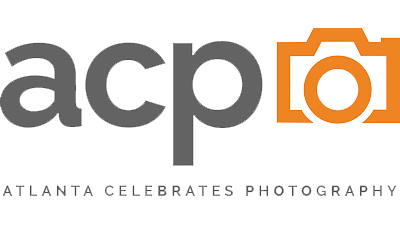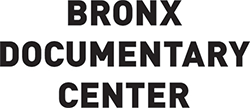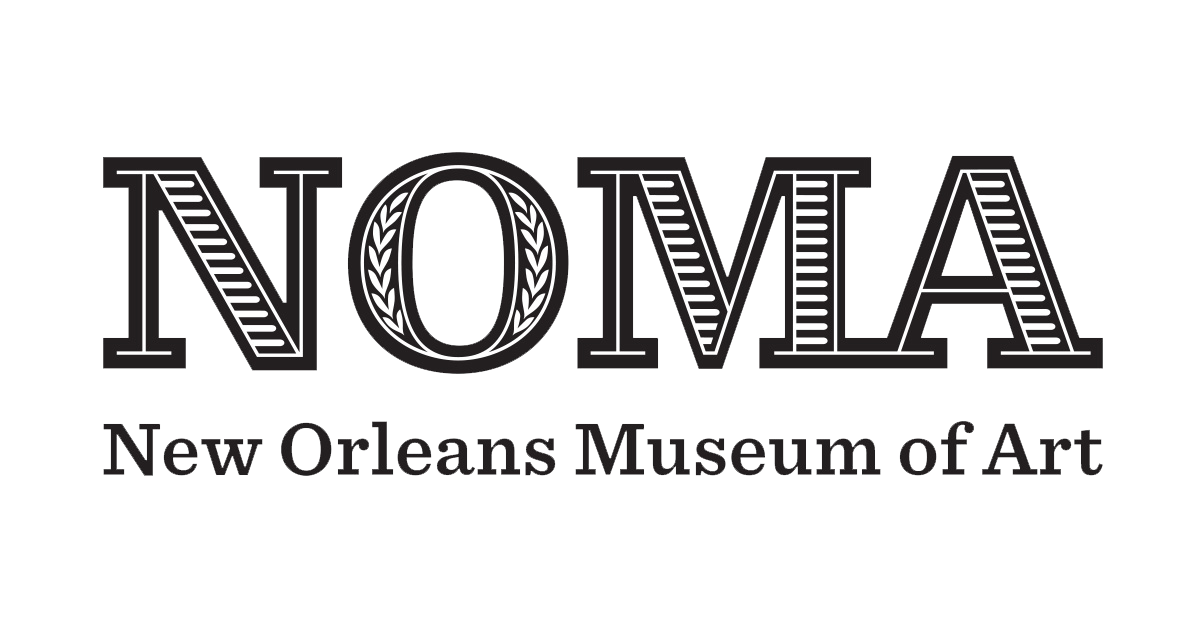the Everyday projects curriculum
Students in the Everyday Bronx (left photo) and Everyday Mombasa (center and right photos) educational workshops
Teachers, sign up here for more news and info on this curriculum!
Authors: Peter DiCampo and Austin Merrill
Advisors: Tracy Crowley and Ryder Delaloye
Many thanks to our partners PhotoWings for supporting the creation of this curriculum, and to Pulitzer Center for collaborating with us on this work from the very beginning.
Thanks to all of the teachers and students that we’ve been fortunate to collaborate with since we began our education work in 2013. This curriculum builds on lesson plans and educational programming made in partnership with PhotoWings, Pulitzer Center, DC Public Schools, Refugees Northwest, Gates Foundation Discovery Center, The LAMP, and photographers and photo educators Chloe Collyer, Nicole Craine, Rhynna M. Santos, and Jovelle Tamayo. We’re grateful for their partnership over the years. Thanks also to Joe Wheeler and Wacera Njagi for their contributions to some of the curriculum design elements.
Created in partnership with PhotoWings
Purpose
The Everyday Projects uses photography to challenge stereotypes that distort our understanding of the world. We are creating new generations of storytellers and audiences that recognize the need for multiple perspectives in portraying the cultures that define us.
Our curriculum encourages middle and high school students to learn about stereotypes, photography, representation, journalism, and truth in storytelling. Over the course of ten classroom sessions, students gain a broader understanding of life around the world, and then apply those lessons to their own lives, telling the stories of their own communities through photography.
Students begin by confronting their own media-driven perceptions and stereotypes of Africa, and then explore the acclaimed Everyday Africa project as an alternative view of the continent. They then consider how people outside of their own community, town, city, or region may have misperceptions of them, and how they can broaden those perspectives through their own storytelling. The lessons then alternate between practical photography and storytelling skills and deeper considerations of representation.
In the end, your students will create their own Everyday project for their school or community, becoming a part of a global movement of photojournalists who are changing the narratives of their home regions. To see what we mean by an Everyday project and get some inspiration, scroll through the list of global Everyday projects on our website, and click through to some of their Instagram accounts. We encourage teachers and schools to close the program with an exhibition of student photography, held for the school or community to visit. This invites further reflection and participation from the community, and serves as motivation for your students.
The goal of this program is for students to become more aware and discerning news consumers and global citizens, to learn practical photography and journalism skills, and to take control of the narrative of their own homes and communities.
Student exhibitions: Everyday DC with the Pulitzer Center (left and center photo) and Everyday Bronx with the Bronx Documentary Center (right photo)
Background
The Everyday Projects is a global community of visual storytellers — documentary photographers, journalists, artists, and more — all committed to using imagery to combat harmful misperceptions and to rise above persistent inequality. We believe in amplifying local voices and in shifting power away from monolithic narratives dominated by a Western, top-down approach to storytelling. We work toward a future of photojournalism and visual storytelling that is inclusive and anti-racist.
Since 2013, we have worked with thousands of students in a range of cities across the USA including Atlanta, Chicago, New Orleans, New York, San Francisco, Seattle, Washington DC, Whitefish, and more, as well as Dakar, Senegal; Mombasa, Kenya; and Colombo, Sri Lanka. This curriculum builds on what we have tried, tested, and learned from those experiences.
Visit our About Us page to learn more about the organization’s history, accomplishments, and values.
Outcomes
The creation of your class Everyday project can take numerous forms. A public exhibition of the students’ work — held at school or at a local community center — is a crucial part of the curriculum, and should be considered the main creative output, if holding an exhibition is possible. Depending on your bandwidth and school budget, this can be as simple as student photographs printed on plain paper and hung on a classroom wall, or it can be professionally printed and framed student photography, displayed at a local art gallery (or anything in between). Have a look at the Exhibition Guide that we put together to help in this process. There are some decisions about your exhibition that you will want to make early on in this process.
Through the creation of the exhibition the students will learn numerous storytelling and critical thinking skills, and will have to apply what they have learned about stereotypes and misperception. The unit builds toward the final exhibition by asking the students to think not only about how they make their photographs and put together their own personal projects, but how they sequence them with the photographs of others, all working toward the goal of telling a powerful and nuanced story about their community. The exhibition will also be an opportunity for other people — their friends, peers, parents, and other members of their community — to come see and interact with their work.
“Everyday [Your School/Town]” could become a visual art project at the school that students work on every year, perhaps in conjunction with the school’s yearbook or newspaper, perhaps augmented with a presence on Instagram. The creation of an Instagram feed could give life to the project that goes beyond your initial group of students and their work with the curriculum. This is an invitation to your students to join the global community of storytellers that make up The Everyday Projects. Some Instagram accounts, like @everydaycoolidge, are run by a teacher or teachers and continue to showcase the work and life of their students/school. Others, like @everyday_flint or @everydaybronx, started as student projects, and then evolved to become projects led by a group of local photographers. Starting your own Instagram feed could also potentially lead to your students’ work being featured as re-posts on @everydayeverywhere or another official Everyday account (see the Everyday Africa / Everyday Mombasa example below). If you want to start an Instagram feed, have a look at this Instagram Guide with a few things for teachers to consider if starting a school or classroom Instagram account, and this Starter Guide that we distribute to anyone launching a new Everyday project.
Everyday Coolidge, Everyday Flint, and Everyday Bronx on Instagram
This image, featured on Everyday Africa, was made by Genesis Mungufeni in the Everyday Mombasa high school photography workshop
contents
How to Use this Curriculum
A few notes to help you get started:
The top of each lesson has a “❖ Teacher Preparation” section that you can click to expand. This will provide instructions and helpful links for each lesson, including a link to relevant material in the Teacher Resources Google Drive folder.
Throughout each lesson, you will also see “❖ Teacher Notes” that you can click to expand.
We have written optional assessment “★ Check In” ideas into each lesson, that you can also click to expand. These range from individual written responses to group activities, and more. We tried to keep these assessments flexible and open-ended so that they are applicable for a range of different classes, standards, and expectations. Feel free to use them, adapt them, or create your own.
Keep in mind that you’re building toward creating a final Everyday project with your class, most likely in the form of an exhibition. To help work toward that, we’ve provided instructions for a “Photo Next” assignment at the end of most classes (beginning with Lesson 2), outlining an activity that students can do outside of class to continue improving on their photography skills. We’ve also provided instructions for a “Photo Review” for most classes (beginning with Lesson 3), so that you and your class can very quickly look at their progress together.
In Lessons 1-5, students learn about journalism and photography technique. In Lessons 6-8, they move toward critiquing and finalizing their work and creating a class exhibition — so those classes are also partially work sessions. In Lesson 9, students reflect on their work and what they have learned from this unit.
common core standards
Each lesson includes a variety of Common Core Standards from grade 3-12. There are many other standards that could possibly be included, depending on the learning goals of individual regions, schools, and subject areas. Please see individual lessons for standards and learning goals.
feedback
We would love to hear from you regarding your experience with this curriculum. Was it useful? Are there ways that we can improve? Please let us know by filling out this short survey. Thank you!
The Everyday Projects Community
At The Everyday Projects, we’re always thrilled to learn that more teachers and students are joining this global community of storytellers. Feel free to write to us with any questions about this curriculum, or even just to let us know that you and your students are out there working on this. We’d also love to feature student work on @everydayeverywhere, the central Instagram account for The Everyday Projects. You can reach us at info@everydayprojects.org.











